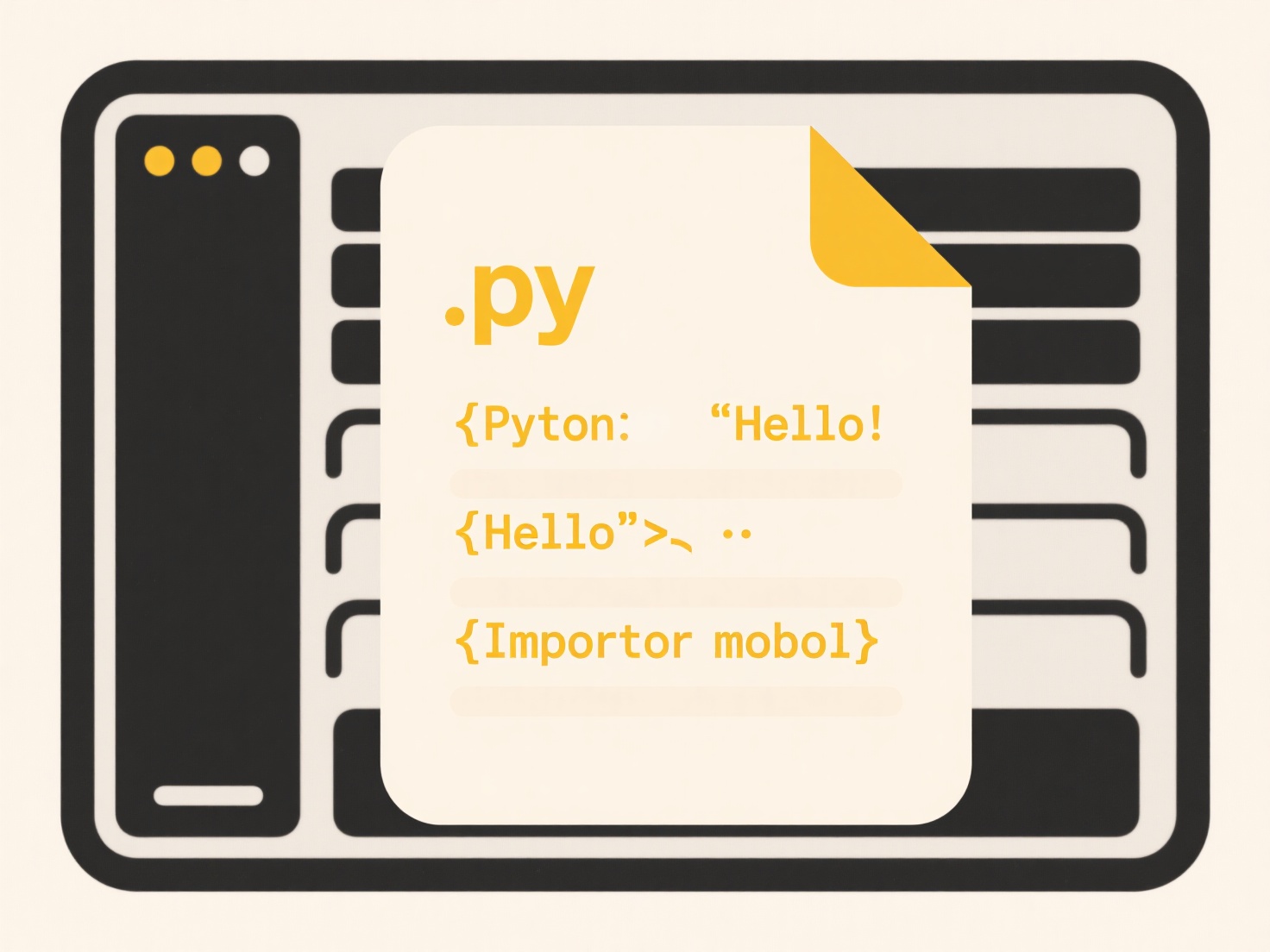
Database backup file naming uses standardized patterns to uniquely identify each backup and prevent confusion during recovery. It differs from arbitrary naming by including key details like the database name, backup type (full, differential, log), and a precise timestamp. This systematic approach ensures immediate recognition of the backup's contents and recency without requiring extra documentation or manual checks.

A common practice is combining elements: SalesDB_FULL_20230715_0300.bak clearly identifies the "SalesDB" full backup taken on July 15, 2023, at 3:00 AM. For log shipping, files like InventoryDB_LOG_20230715_1200.trn specify transaction logs. Database administrators across industries use this with tools like SQL Server Maintenance Plans, AWS Backup, or custom scripts to automate the naming convention.
Structured naming prevents accidental overwrites and speeds recovery by enabling instant identification of the correct backup, directly impacting operational resilience. Key limitations include managing long filenames across systems and ensuring timestamp consistency in global teams. Future enhancements involve integrating environmental context like region or cluster name. Consistent naming remains fundamental for reliable data protection.
How do I name database backup files to avoid confusion?
Database backup file naming uses standardized patterns to uniquely identify each backup and prevent confusion during recovery. It differs from arbitrary naming by including key details like the database name, backup type (full, differential, log), and a precise timestamp. This systematic approach ensures immediate recognition of the backup's contents and recency without requiring extra documentation or manual checks.

A common practice is combining elements: SalesDB_FULL_20230715_0300.bak clearly identifies the "SalesDB" full backup taken on July 15, 2023, at 3:00 AM. For log shipping, files like InventoryDB_LOG_20230715_1200.trn specify transaction logs. Database administrators across industries use this with tools like SQL Server Maintenance Plans, AWS Backup, or custom scripts to automate the naming convention.
Structured naming prevents accidental overwrites and speeds recovery by enabling instant identification of the correct backup, directly impacting operational resilience. Key limitations include managing long filenames across systems and ensuring timestamp consistency in global teams. Future enhancements involve integrating environmental context like region or cluster name. Consistent naming remains fundamental for reliable data protection.
Quick Article Links
Why does my file crash the app when opening?
Files crash apps when opening due to a mismatch between the app's expectations and the file's data. Common causes includ...
What is a .tar.gz file?
A .tar.gz file, also known as a tarball, is a two-step compressed archive common in Unix/Linux systems. First, the `tar`...
Can I use cloud storage to sync settings and config files?
Cloud storage synchronizes selected folders or files across your devices via internet-connected cloud services like Drop...